It turns out that the universe’s speed limit is pretty conservative.
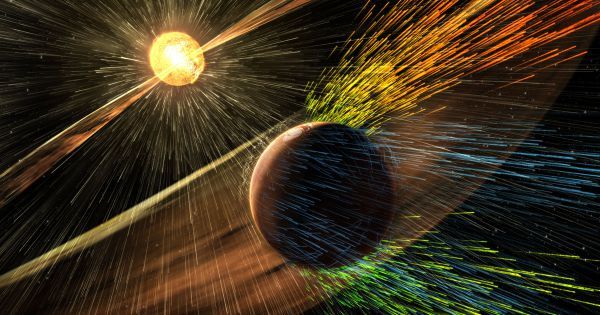


Global thermonuclear war. The slight possibility that a massive asteroid could boop Earth. Jenga. These are a few of the things that give humans debilitating anxiety.
Robots can’t solve any of these problems for us, but one machine can now brave the angst that is the crumbling tower of wooden blocks: Researchers at MIT report today in Science Robotics that they’ve engineered a robot to teach itself the complex physics of Jenga. This, though, is no game—it’s a big step in the daunting quest to get robots to manipulate objects in the real world.
You’ve read your last complimentary article this month. To read the full article, SUBSCRIBE NOW. If you’re already a subscriber, please sign in and and verify your subscription.

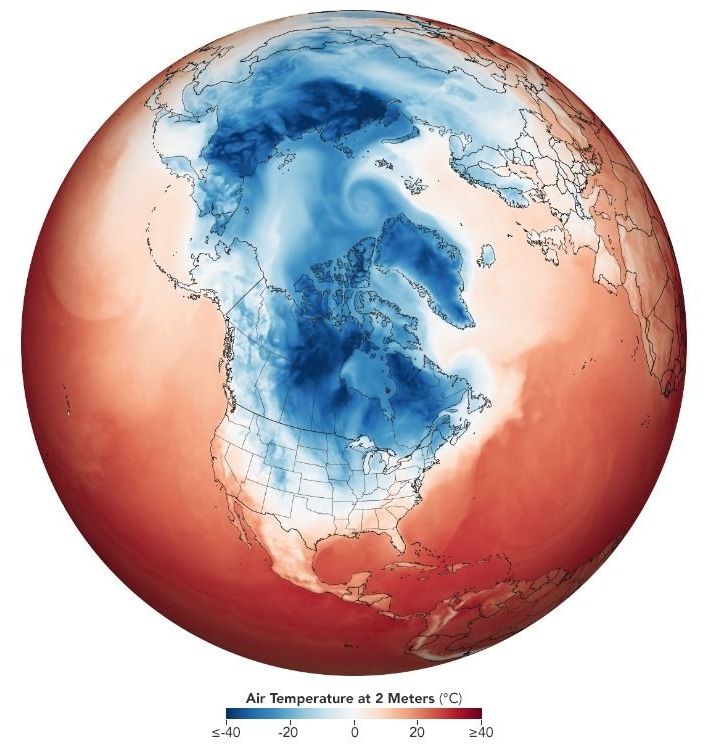
The culprit is a familiar one: the polar vortex.
Seen here is a model using NASA Earth science + other satellite measurements of temperature, moisture, wind speeds and directions, and other conditions: https://go.nasa.gov/2FXw5Gh
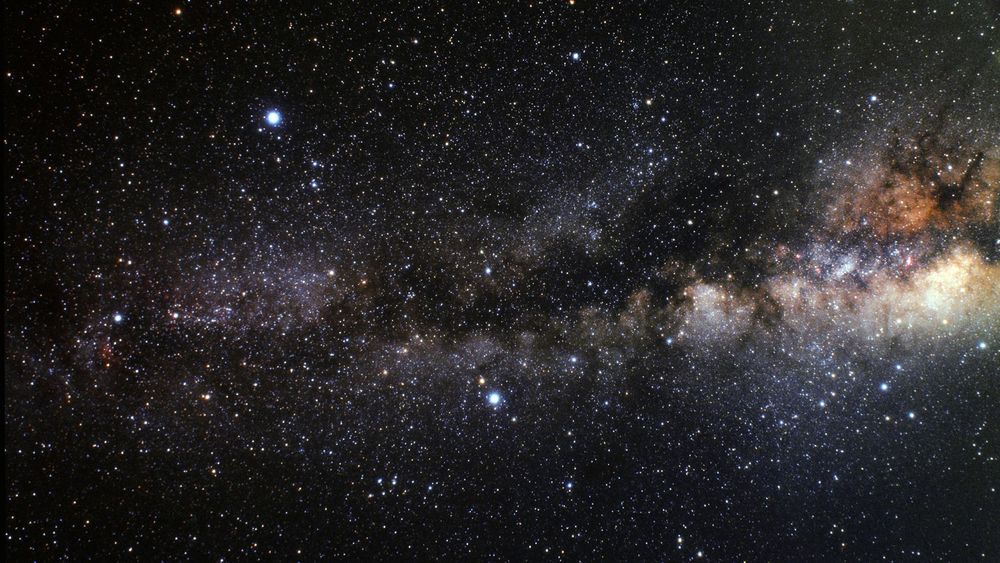
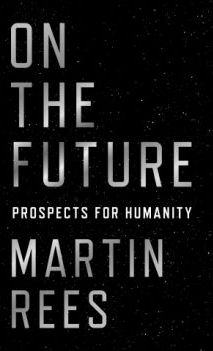
The imperative of developing artificial intelligence (AI) could not be more clear when it comes to exploring space beyond the Solar System. Even today, when working with unmanned probes like New Horizons and the Voyagers that preceded it, we are dealing with long communication times, making probes that can adapt to situations without assistance from controllers a necessity. Increasing autonomy promises challenges of its own, but given the length of the journeys involved, earlier interstellar efforts will almost certainly be unmanned and rely on AI.
The field has been rife with speculation by science fiction writers as well as scientists thinking about future missions. When the British Interplanetary Society set about putting together the first serious design for an interstellar vehicle — Project Daedalus in the 1970s — self-repair and autonomous operation were a given. The mission would operate far from home, performing a flyby of Barnard’s Star and the presumed planets there with no intervention from Earth.
We’re at an interesting place here because each step we take in the direction of artificial intelligence leads toward the development of what Andreas Hein and Stephen Baxter call ‘artificial general intelligence’ (AGI), which they describe in an absorbing new paper called “Artificial Intelligence for Interstellar Travel,” now submitted to the Journal of the British Interplanetary Society. The authors define AGI as “[a]n artificial intelligence that is able to perform a broad range of cognitive tasks at similar levels or better than humans.”
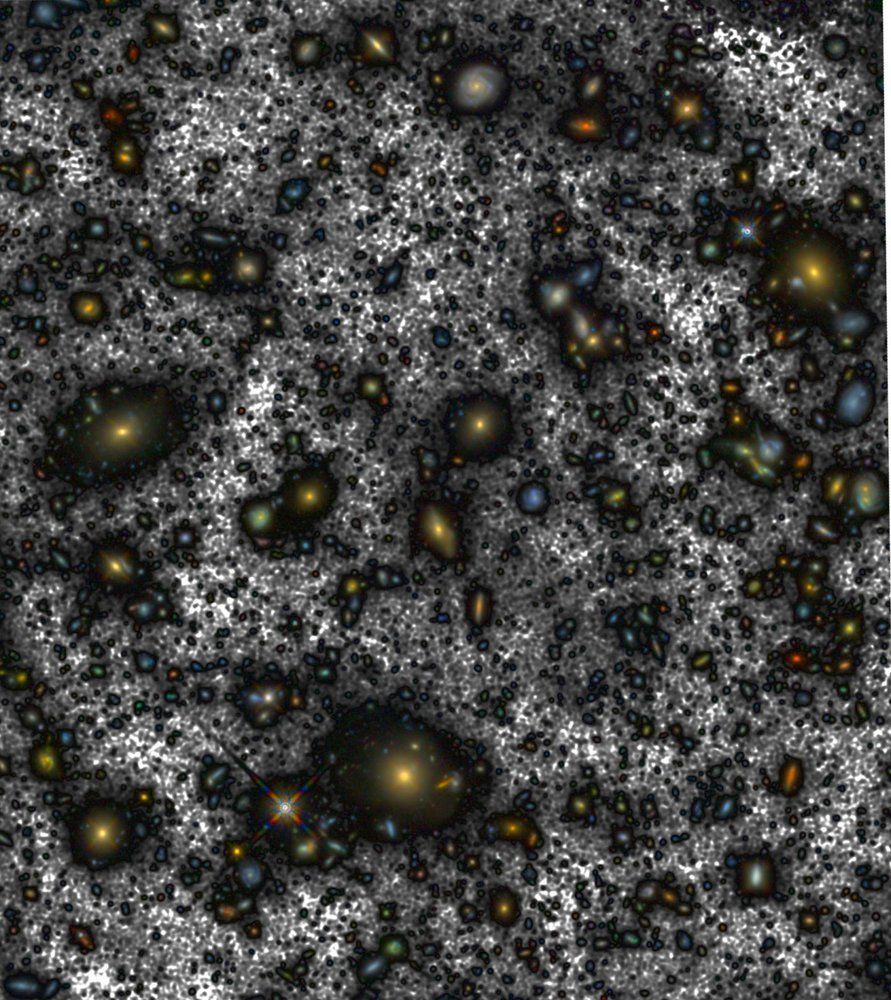
One of the Hubble Space Telescope’s most famous images peered even deeper into the cosmos than scientists had thought.
That photo is the Hubble Ultra-Deep Field (HUDF), which combines hundreds of images taken by the space telescope over multiple years into the deepest view of the universe ever created. The composite pic of a small patch of sky contains a whopping 10,000 galaxies, astronomers have estimated. (The HUDF also refers to that patch of sky, not just imagery of it.)
Now, researchers have painstakingly reprocessed the iconic image, recovering lots of additional light, a new study reports. [The Most Amazing Hubble Space Telescope Discoveries!].
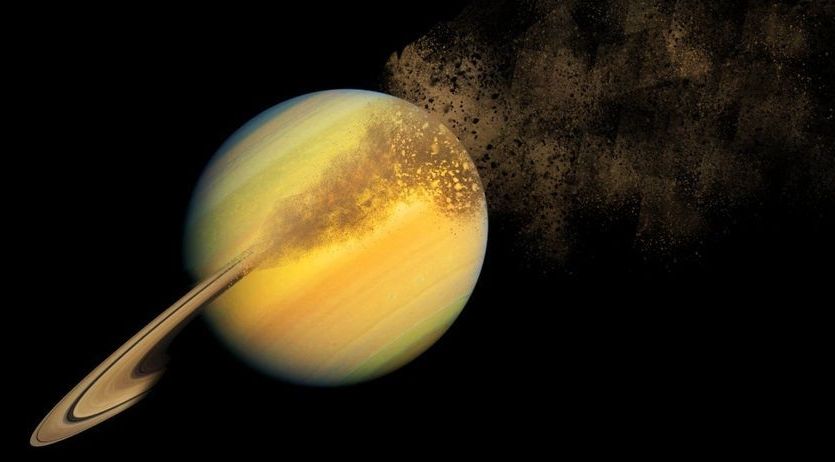
The NASA Sun Science probe is now preparing for its next solar flyby in April 2019: https://go.nasa.gov/2FSvd5H
